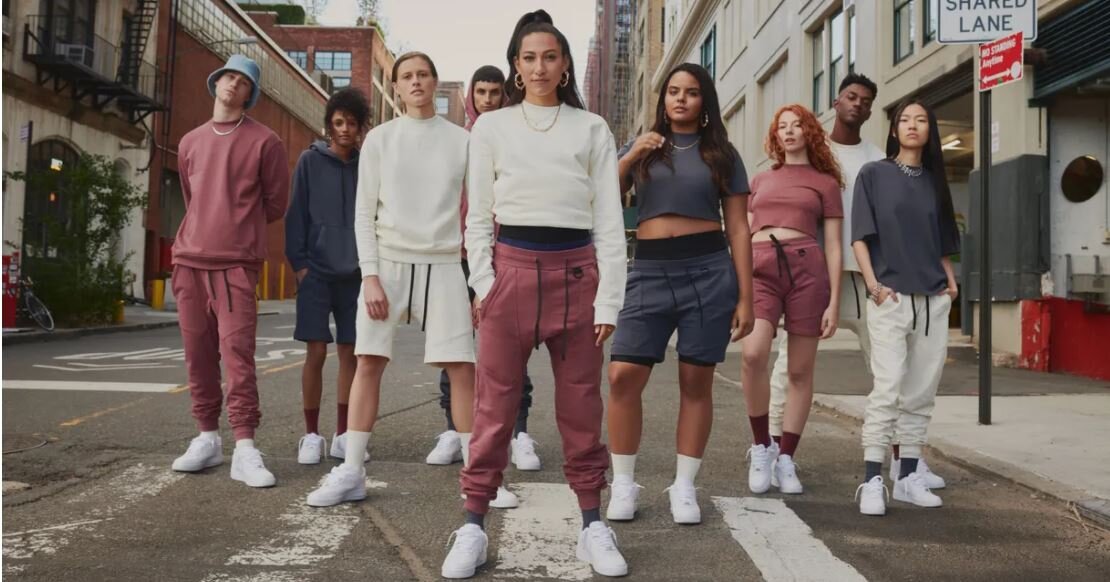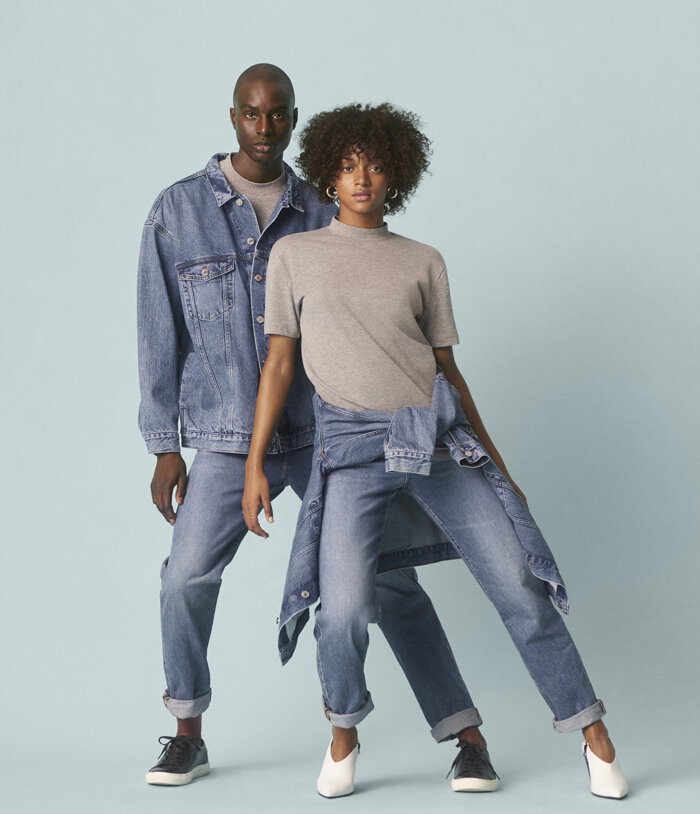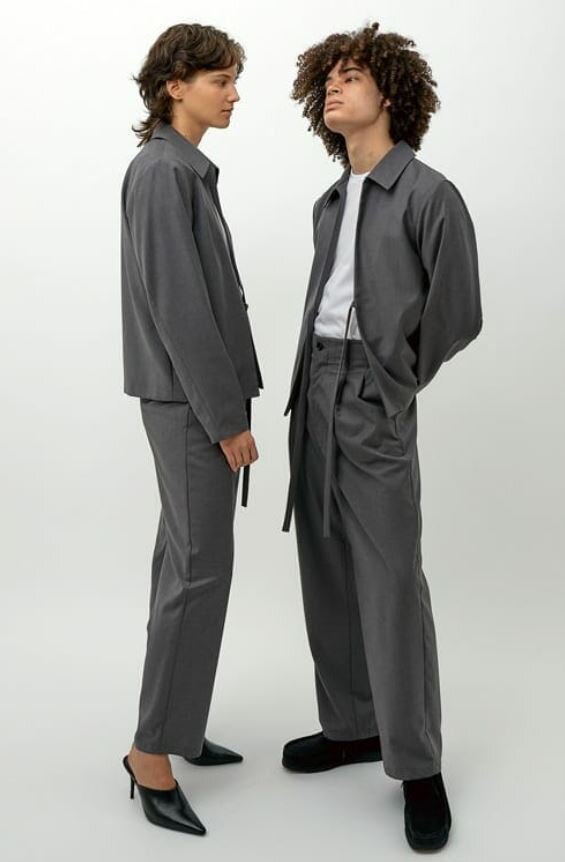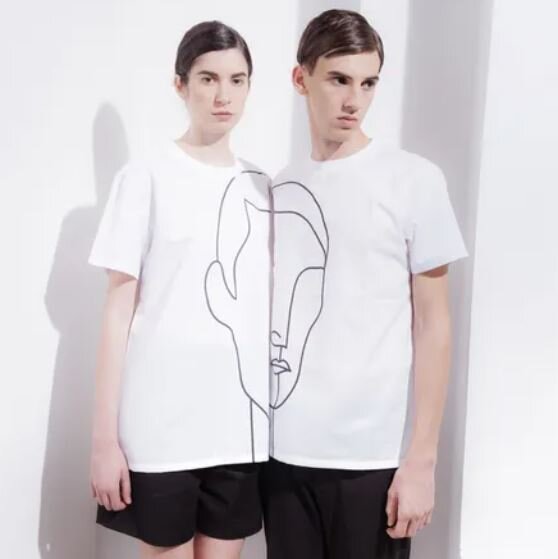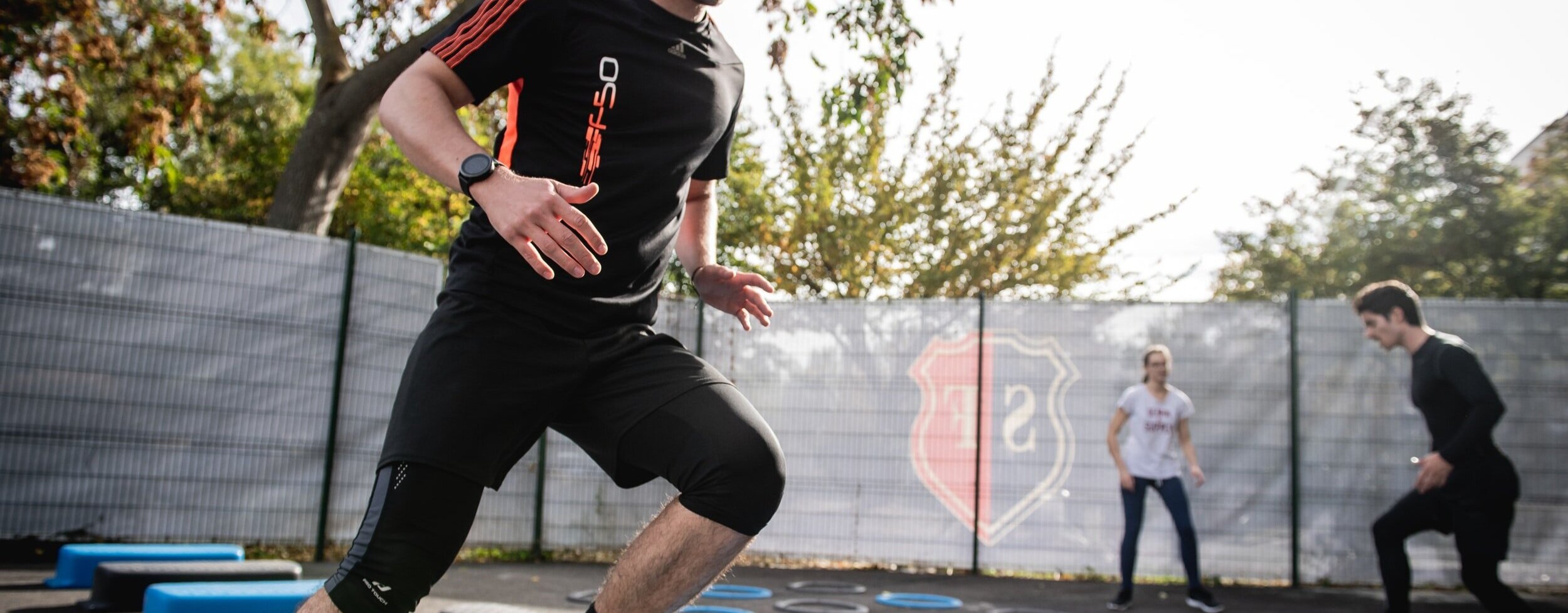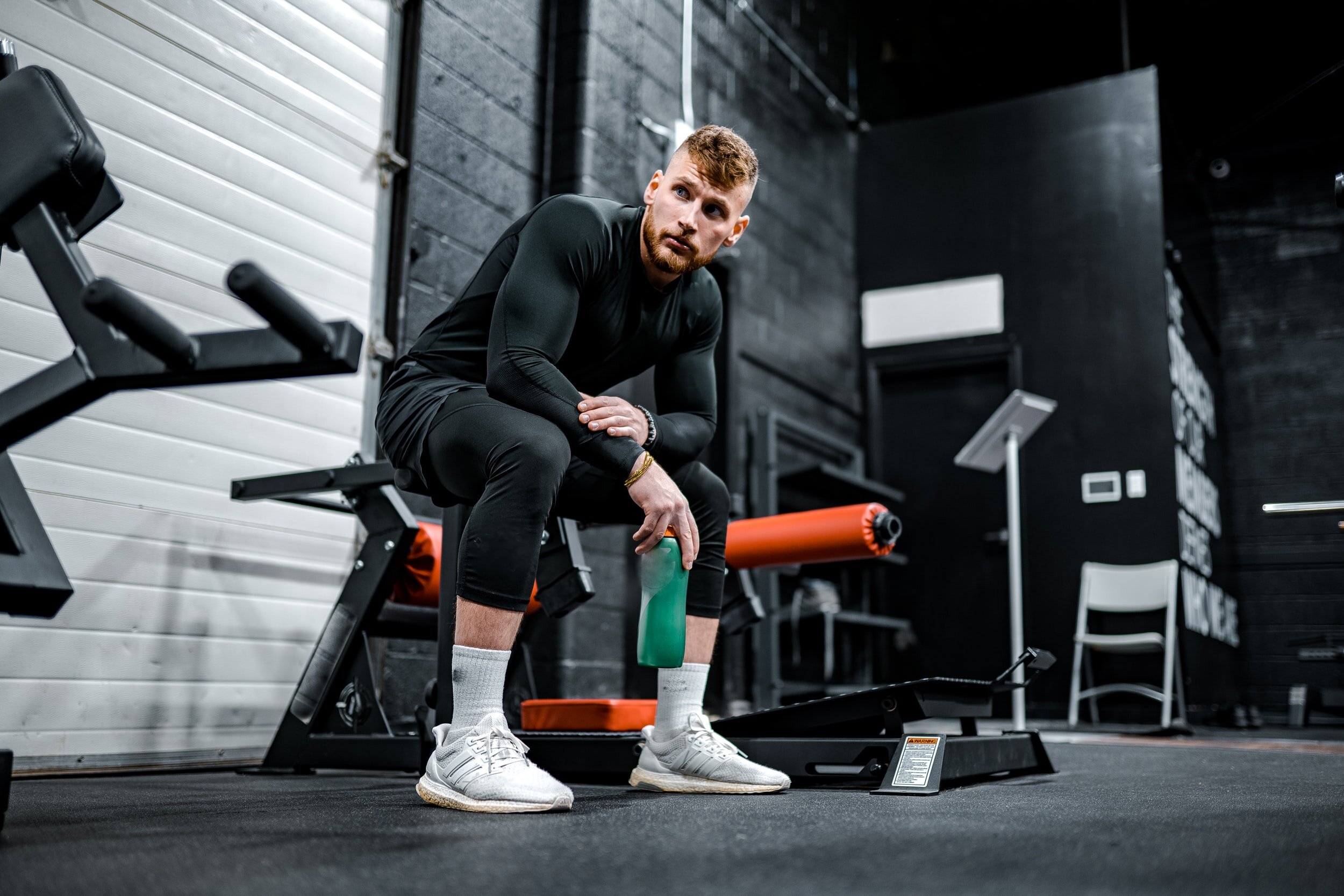We often think of clothing as a way to express our gender identity, but what about defying the gender norms when it comes to what you wear? This ideal has become more and more accepted by newer generations who are working to break down the berries of gender norms in fashion. In this article, we’ll take you through the latest in this fashion movement.
What is Gender-Neutral / Genderless Apparel?
Source: Youth Incorporated
We actively break down apparel into 2 main differentiations, men or women, while the conversation of gender continues to evolve within our society, and fashion is trying to keep up. It is true that the notion of clothing having a gender is a social construct, for example, when looking back at the way in which the high heel shoe was invented, men wore them to imply their upper-class status; only someone who did not have to work could afford, both financially and practically, to wear such extravagant shoes.
So, gender-neutral apparel is now becoming more popular among the new generation, but what does gender-neutral apparel look like? Well, “Genderless” clothing is being designed without a specific color or texture in mind, it is simply designed to be able to fit a variety of body types and the fashion is fluid, not inherently masculine nor feminine.
“The term gender was first used in 1955 to describe social and cultural aspects of whether a person was male or female, regardless of their biological sex. Next, the term unisex was coined in the 1960s in reference to garments that were intended to be worn by either sex.”
Comfort Over Gender
Source: One DNA
One of the many reasons gender-fluid apparel is trending, is the comfortability factor. Women’s clothes have a history of being uncomfortable to wear for long periods of time, and this is part of the reason many women look for more comfortably fitting clothes, oftentimes in the men’s section.
Additionally, not only is athleisure wear becoming more and more gender-less, but it’s the every-day clothing choice that attracts people, especially after more than a year being stuck at home wearing sweats or pajamas due to the covid-19 lockdowns.
In March of 2020, pajama sales increased by 143%2, but bra sales decreased by 13%. Right from the start, comfort became a priority.
Sales of gender neutral clothes on the rise
For brands looking to maximize sales, going gender-less can be a beneficial move. Because design isn’t inherently feminine nor masculine, fabrics and patterns can be worn by either gender or non-binary person. By taking the gender-fluid route, brands can cut costs on design time and sourcing fabric as well as manufacturing.
We have seen big brand such as Zara who introduced a line of unisex clothing for adults, while GapKids did the same for children’s wear. Toronto’s Muttonhead Apparel, whose utilitarian casuals are designed to fit both men’s and women’s bodies, has gained a huge following. Haute fashion houses like Hood by Air, J.W.Anderson and Gucci have all released unisex lines.
“Brands can create long-lasting, high-quality pieces that can be sold at higher prices.”
Source: EDITHMARCEL.
Photo: Alessio Costantino
Ethical & Sustainable
We have seen that fast fashion is slowly losing traction, and shoppers are looking for more sustainable options and ethically sourced apparel. This is where smaller brands can outshine big corporations. Yes, the cost is higher but studies show that consumers are more interested in quality, so they are more likely to spend a little more if the product is marketed right.
The Future of Apparel
Designing apparel that goes beyond the binary is predicted to become more and more popular among young people. Along with the size inclusion movement and trans and non-binary issues on the forefront of social conversations, we will be seeing more brands launch unisex apparel.
Read In-depth guide: un-gendered fashion and unisex clothing brands
How To Design
Unisex Clothing
Source: Zero Waste Daniel
Proportions
Biologically speaking, women’s bodies and men’s bodies are inherently different, therefore, adjustments are necessary but it should not compromise the overall style of the garment.
T-shirts for example, are easy to design to be worn by either gender. However, for a jacket or a blouse, it is important to have variety in size and proportions.
Design
Keep It Simple. If you’re just getting started, select a few garments that can be worn by either gender and adjust sizes accordingly. The overall design should be simple and loose, nothing form fitting but not too baggy.
Most unisex clothing was, and is, based on male styles. Fit may be adjusted, some new fabrics may be introduced, but it is still basically men’s clothing adjusted to include women wearing it.
Color
Go crazy with color, don’t be afraid to use a lot of colors and patterns.
Functionality
Not only is comfort a big part of unisex design, but functionality such as deep pockets, buttons, and zippers also play a big role. Think utilitarian!
Fabric
It is recommended to source recycled or natural fabrics like silks and organic cotton to achieve an “adaptable-type style” that downplays certain parts of the body and that can be worn in various ways.
Author: Irene Floridia - Content Creator
Follow us on Instagram and Facebook!
For FAQ, check out our site!
For any inquiries, send us a message!
OR
send us an e-mail at quotes@familyindustriesla.com


